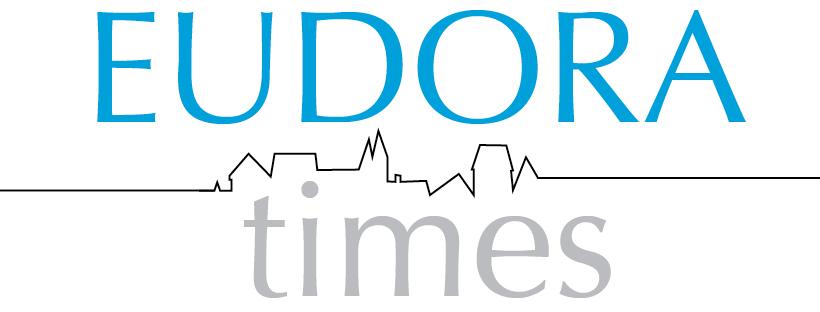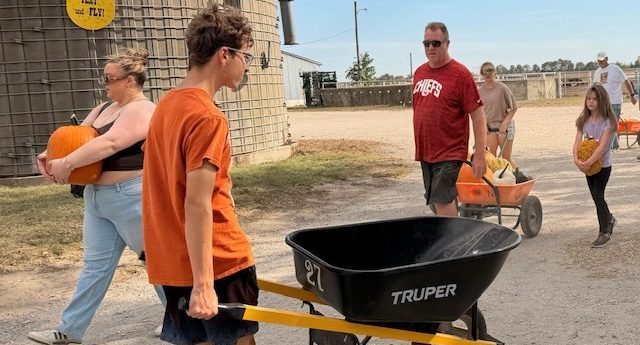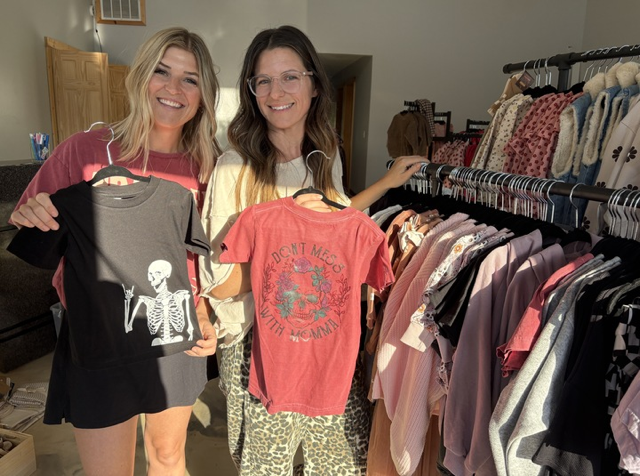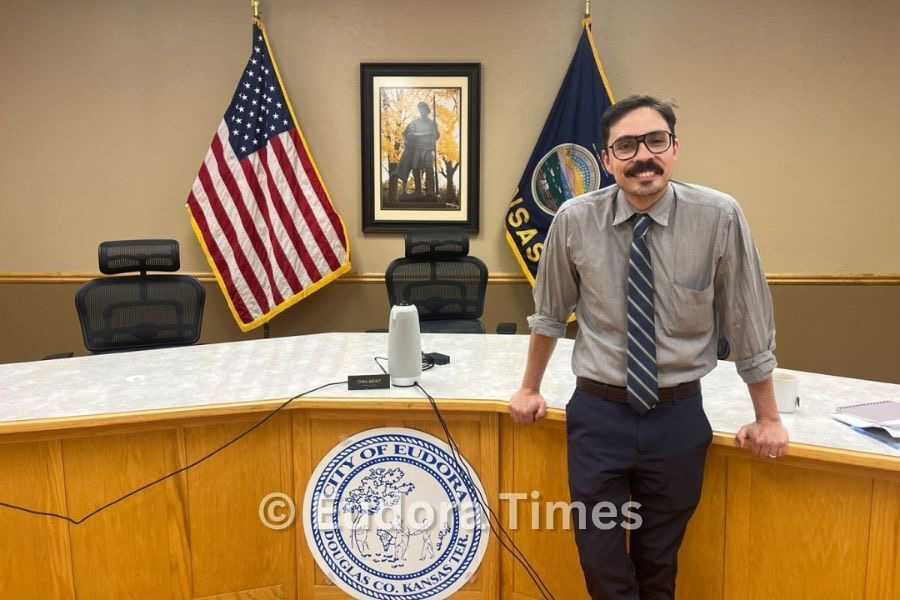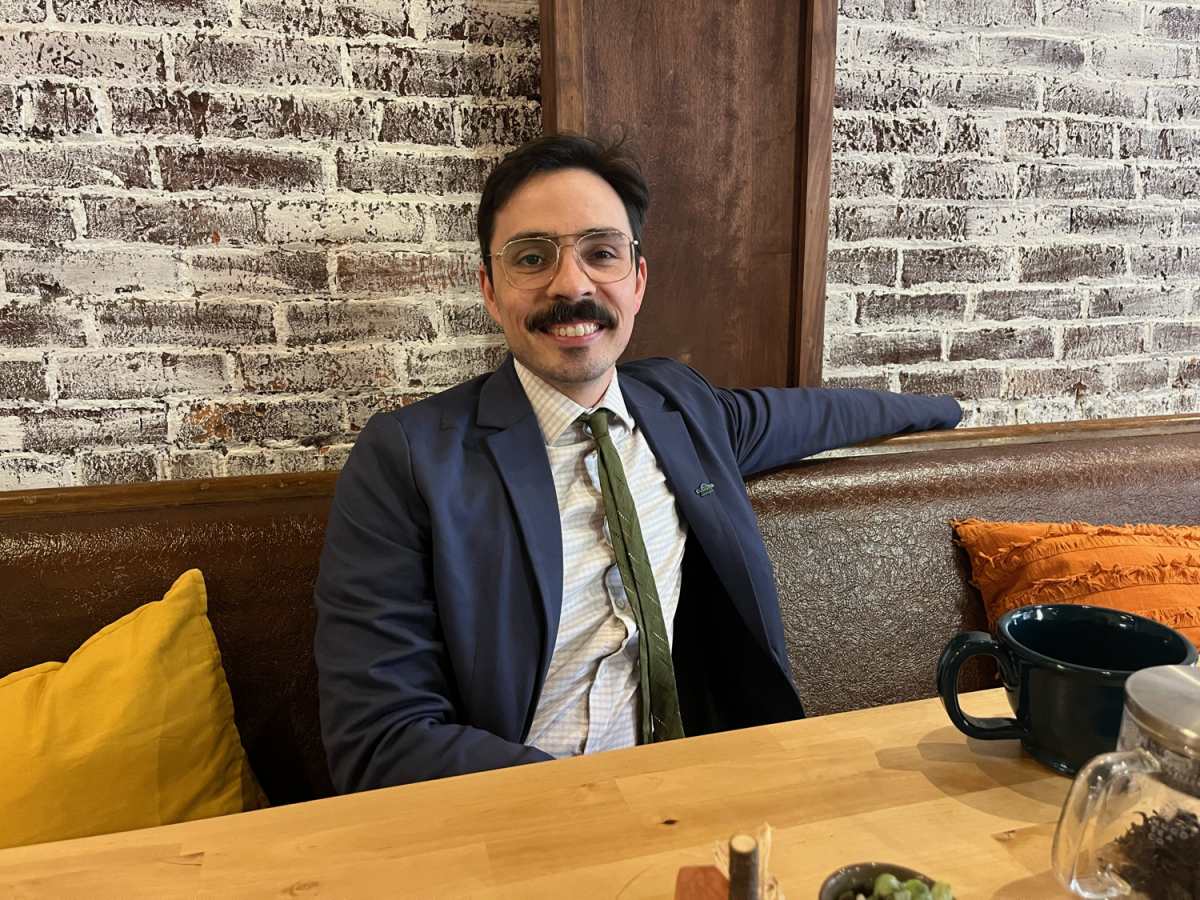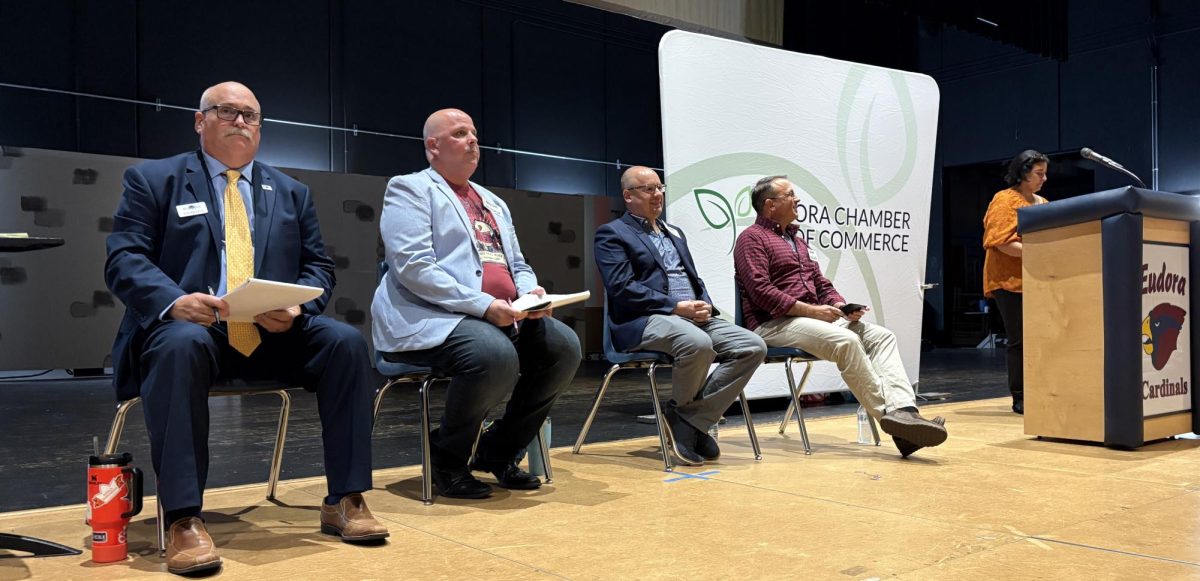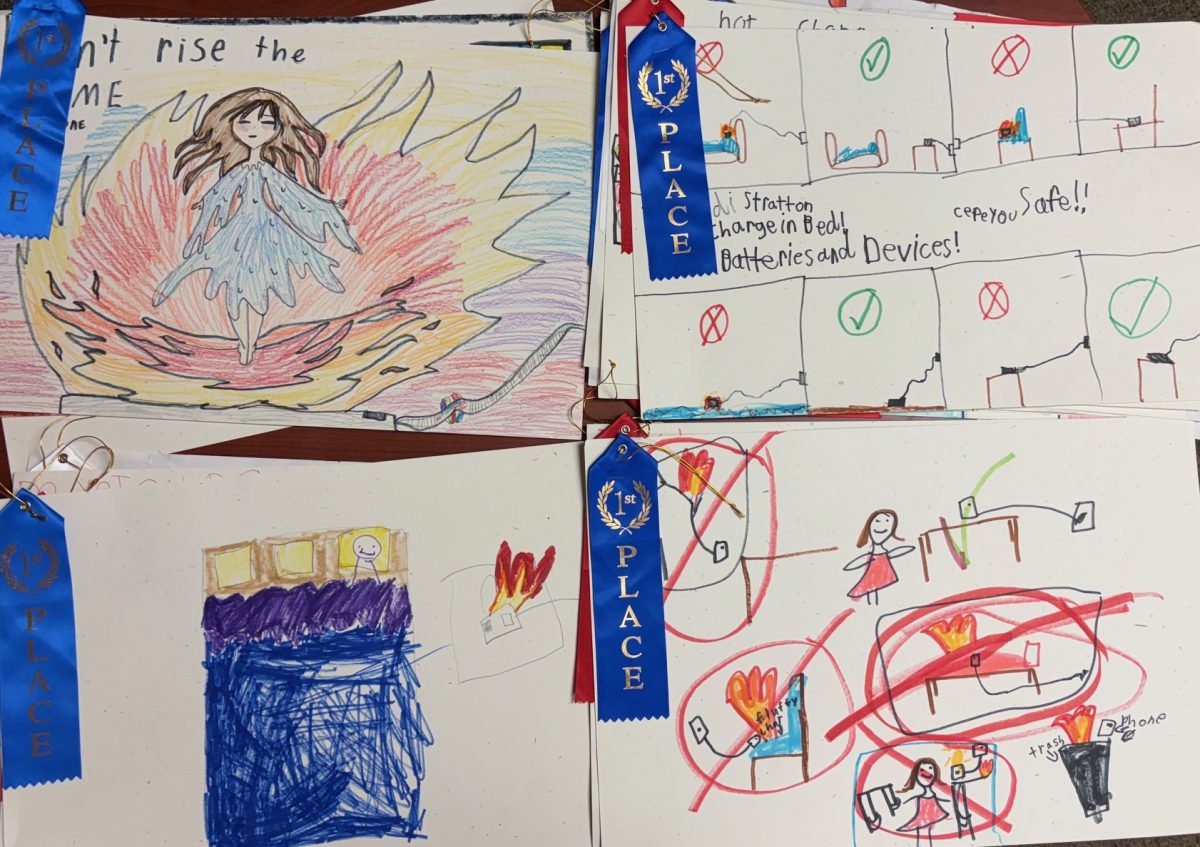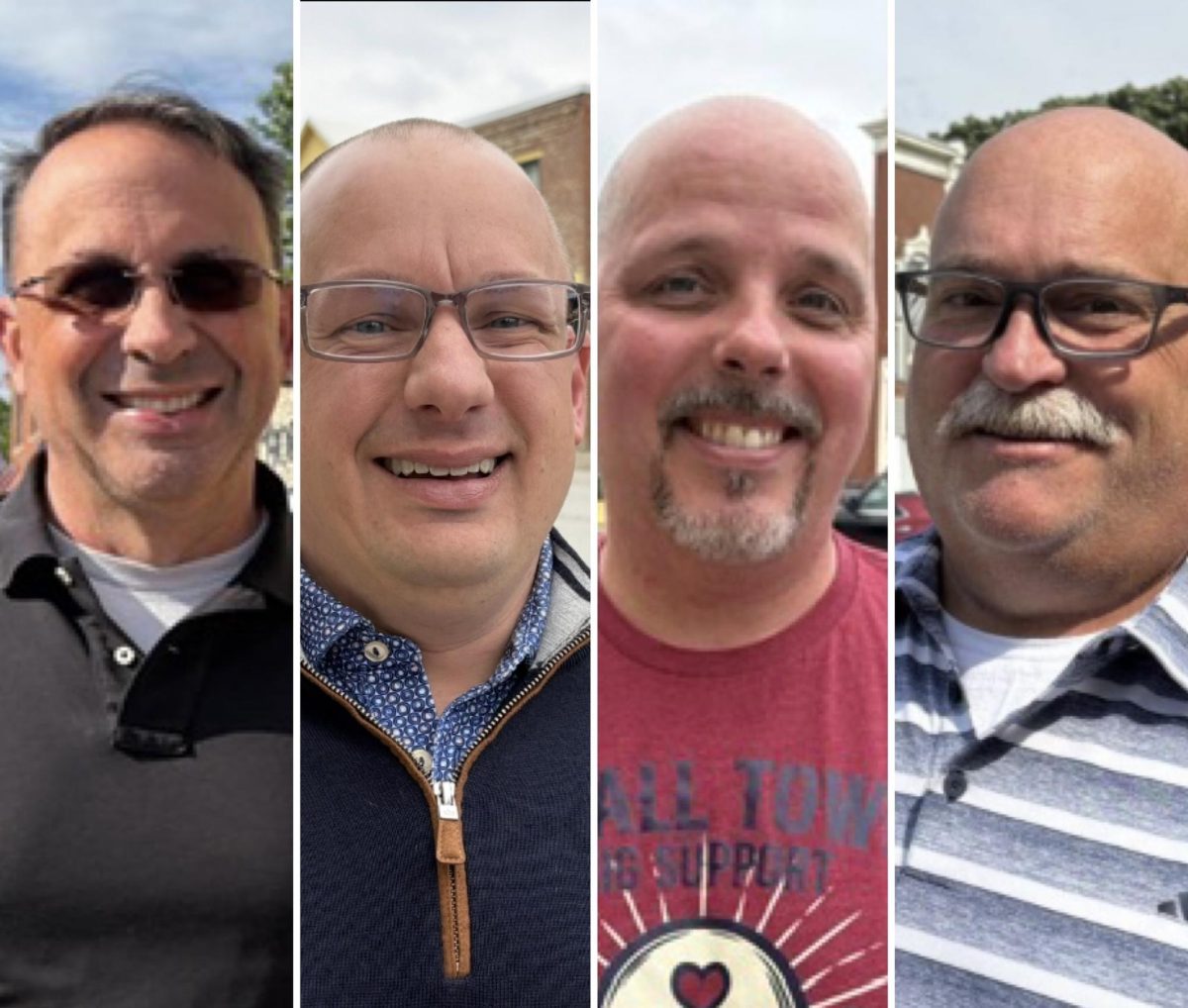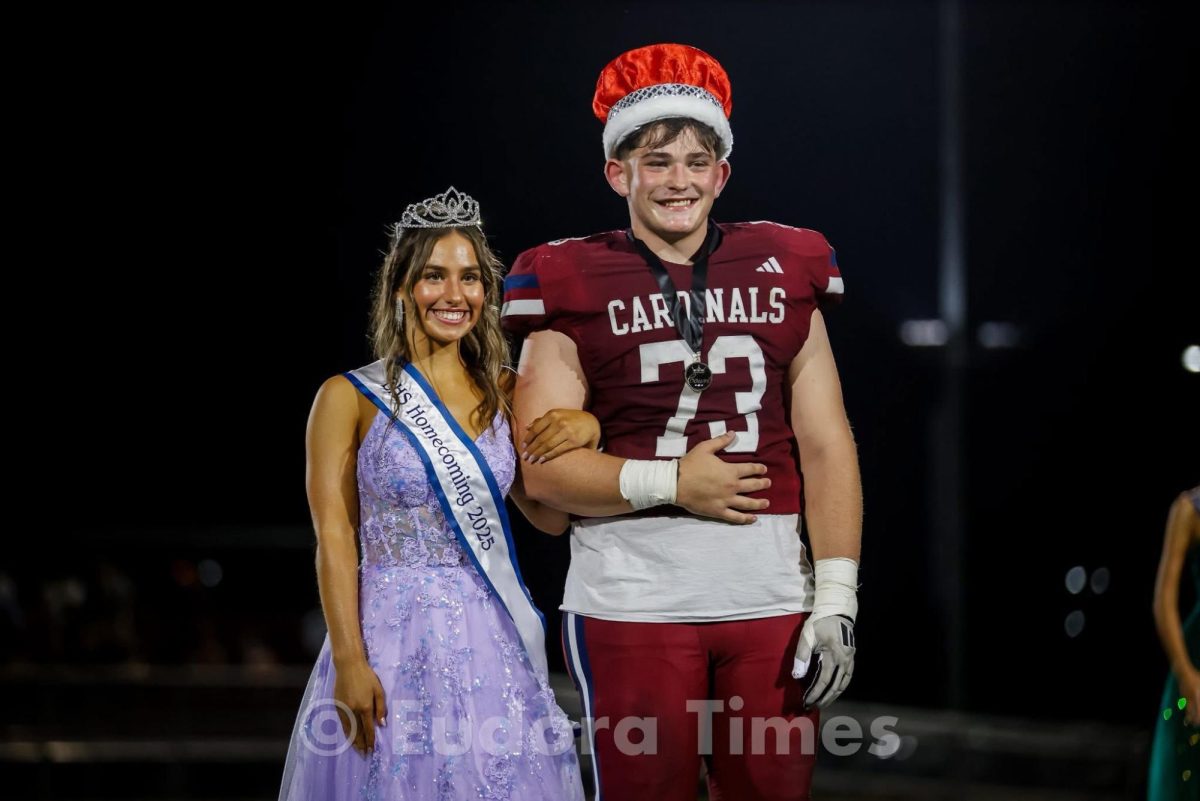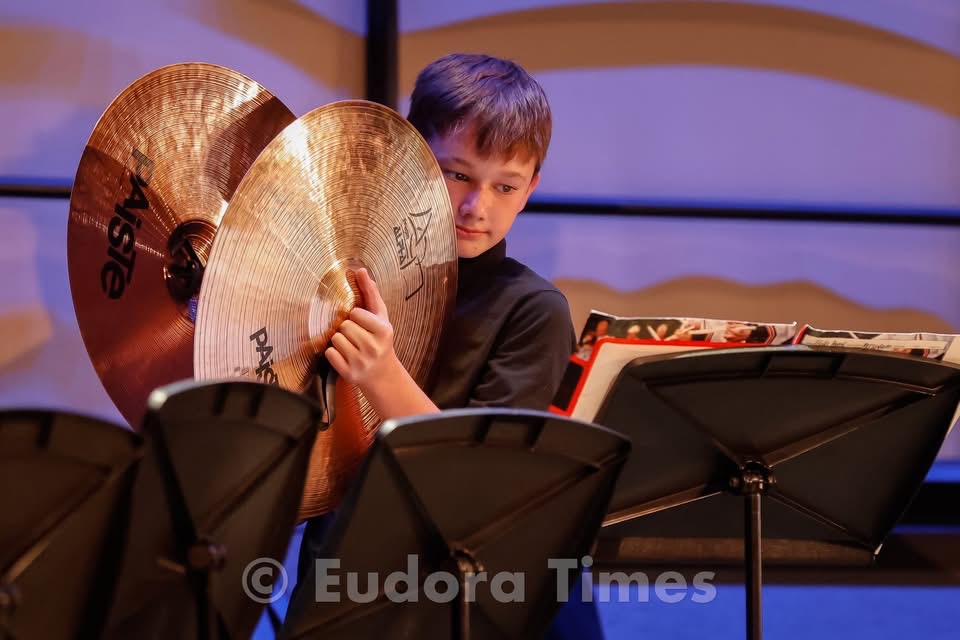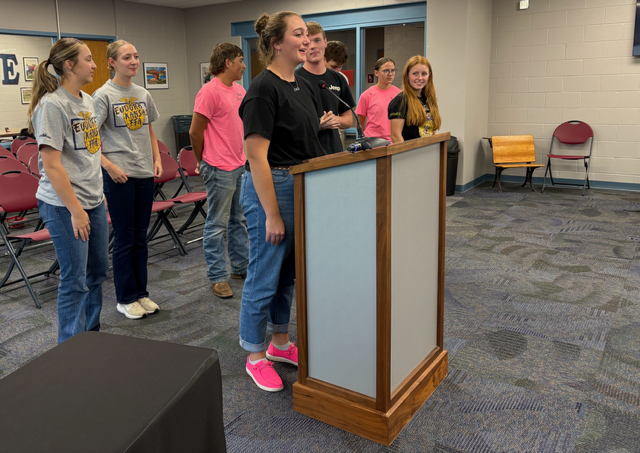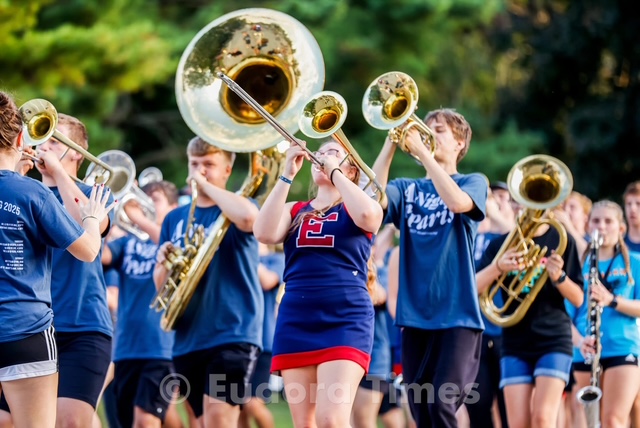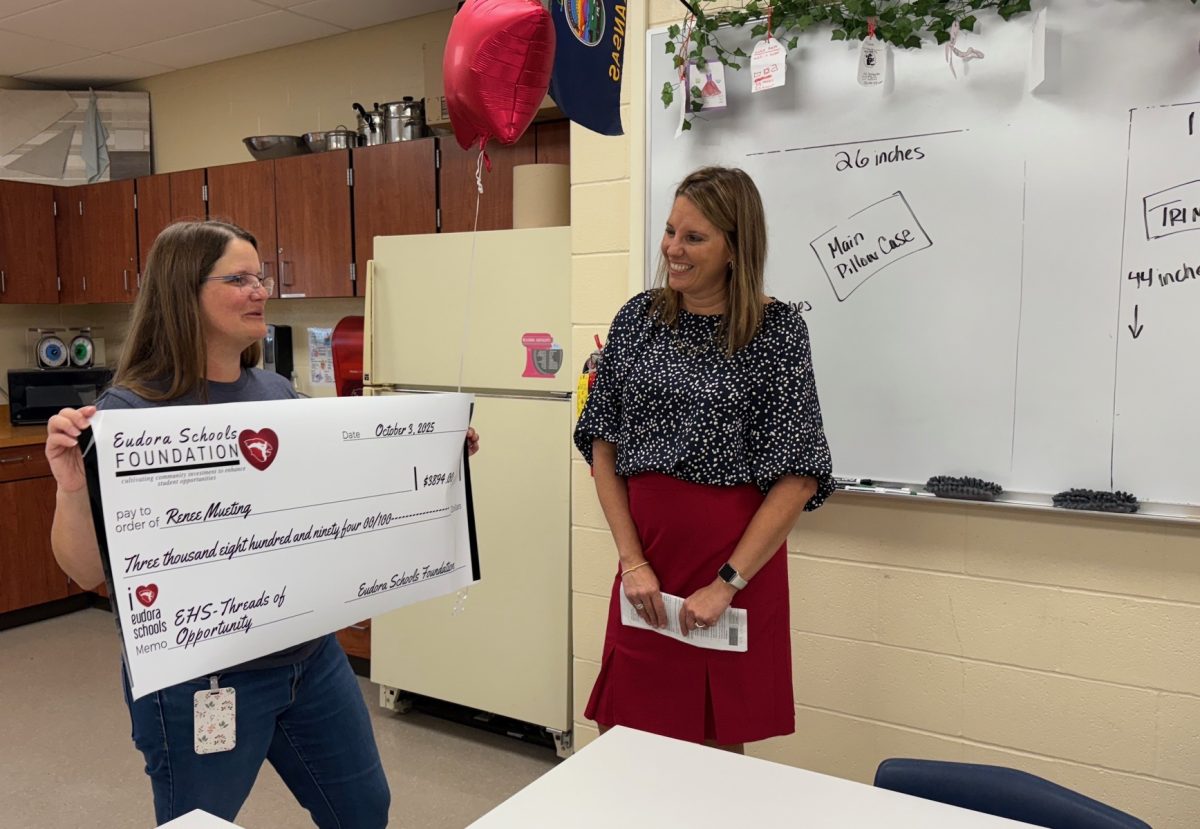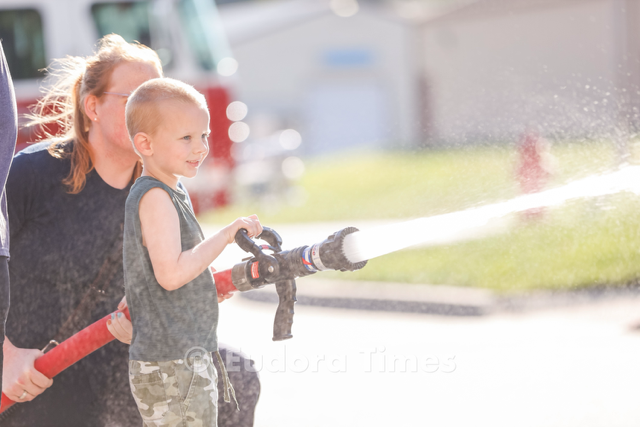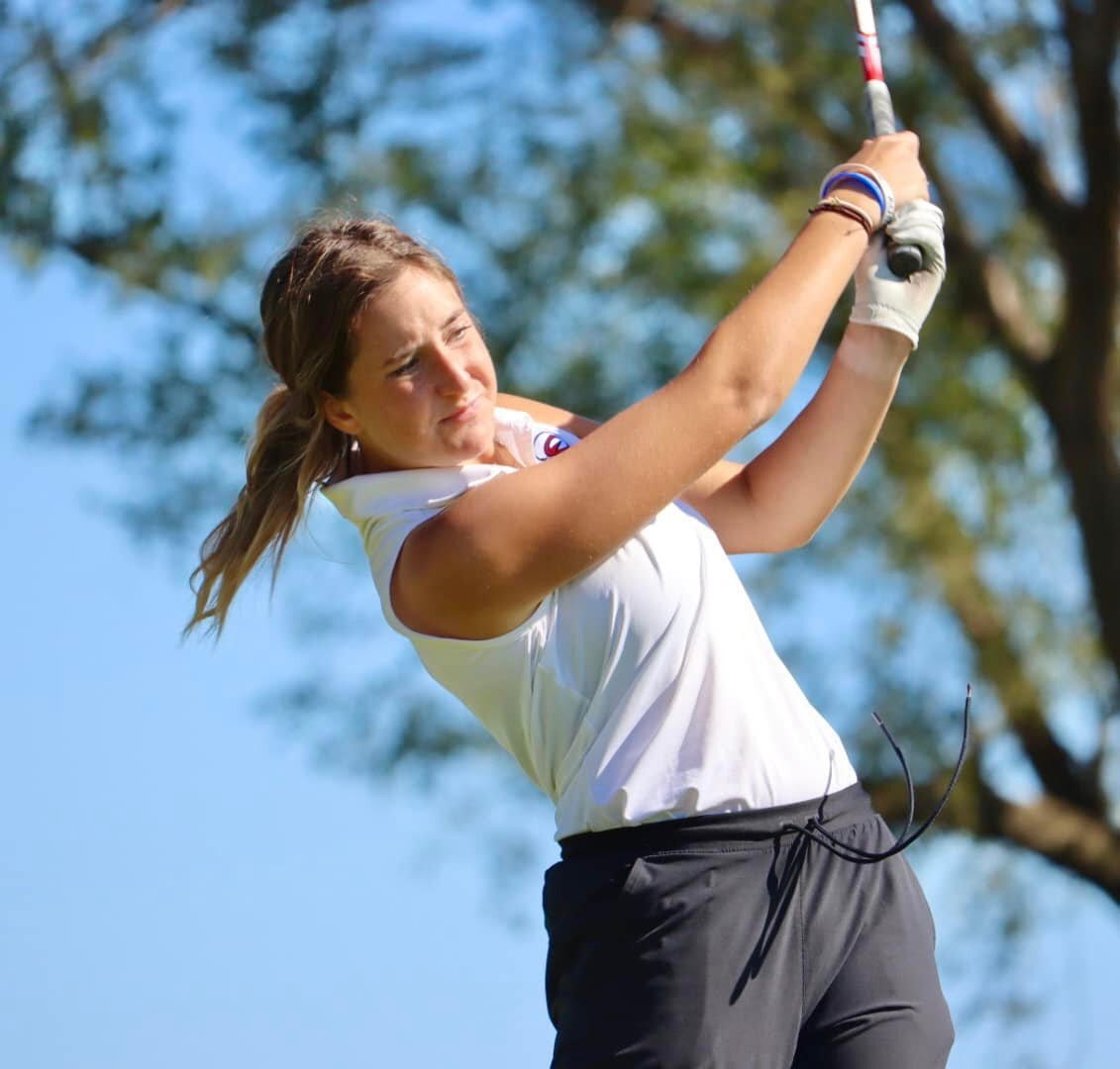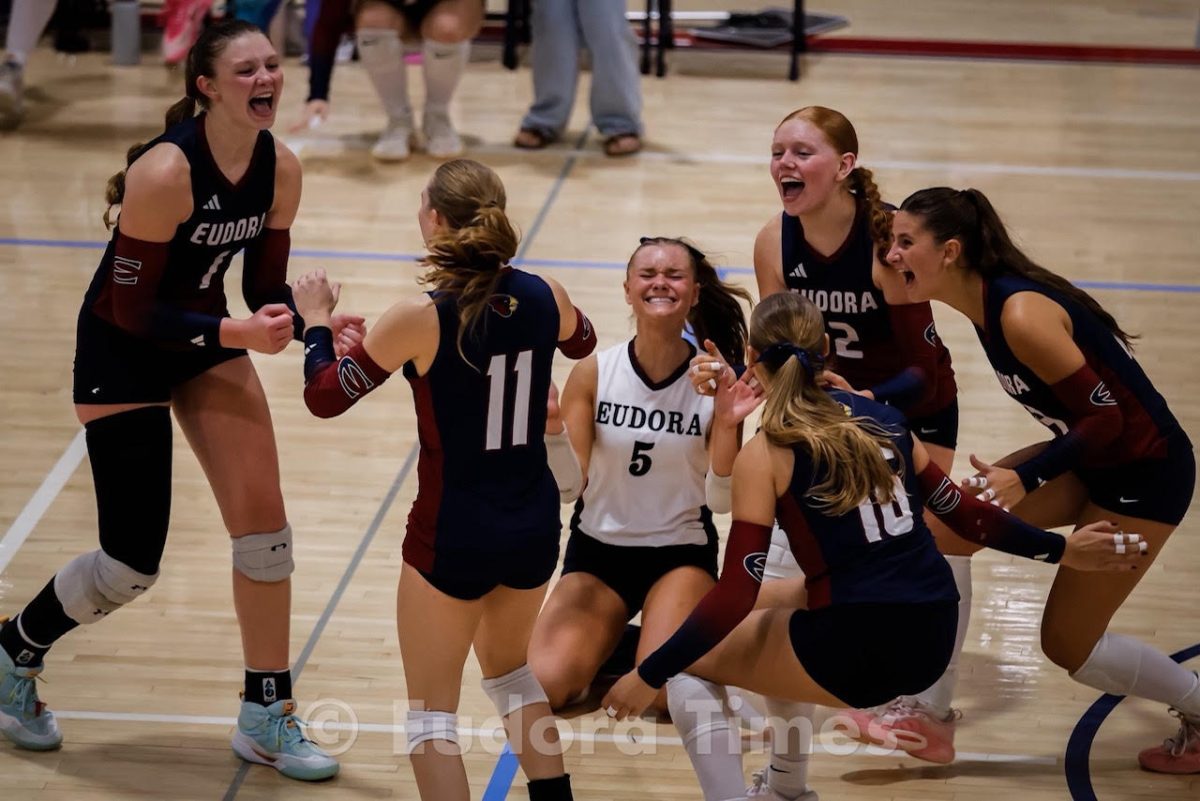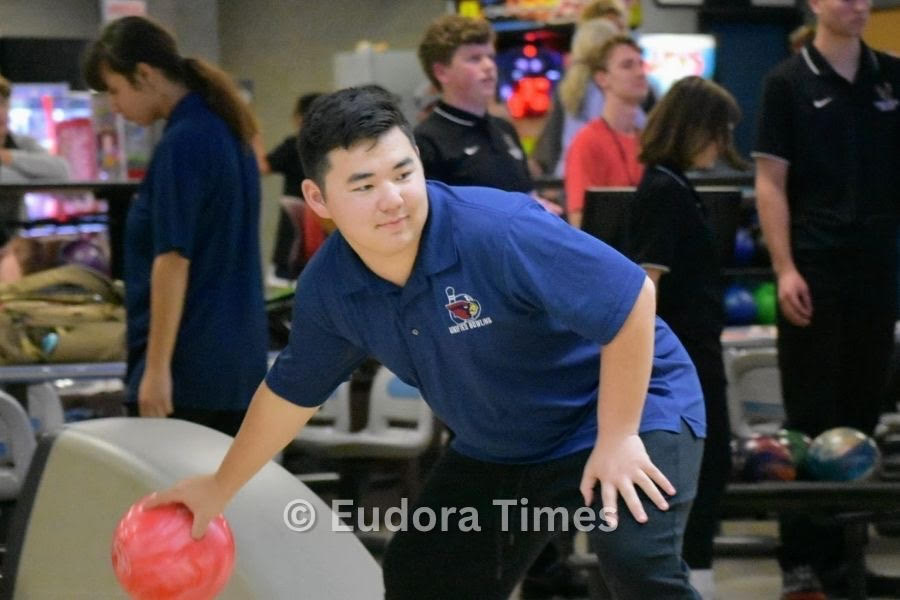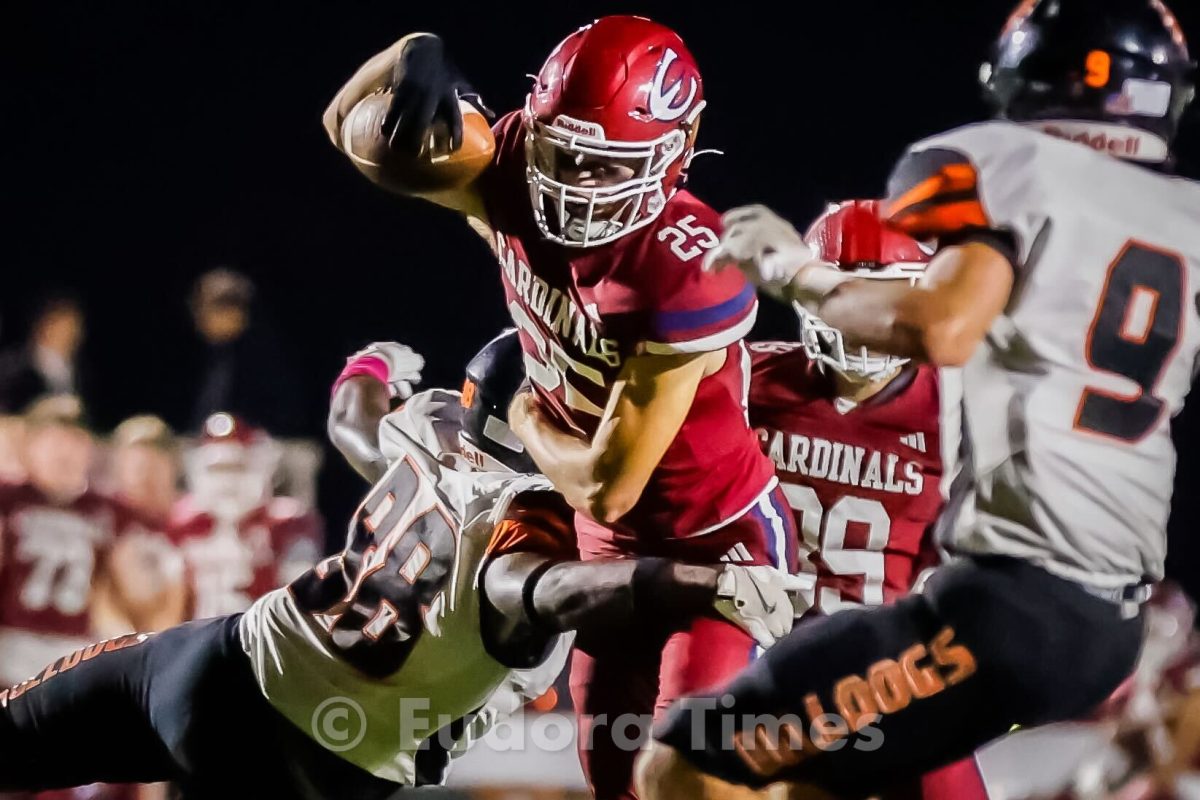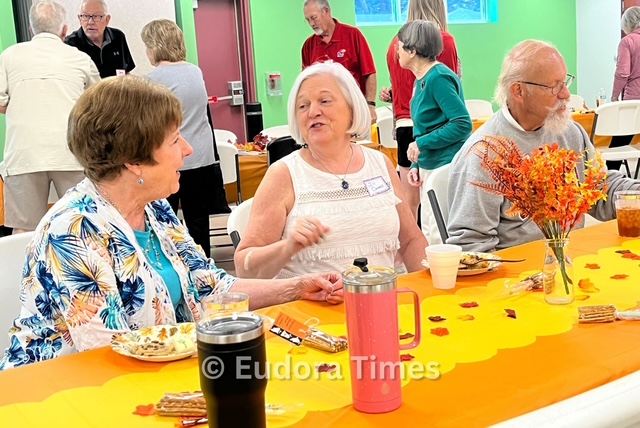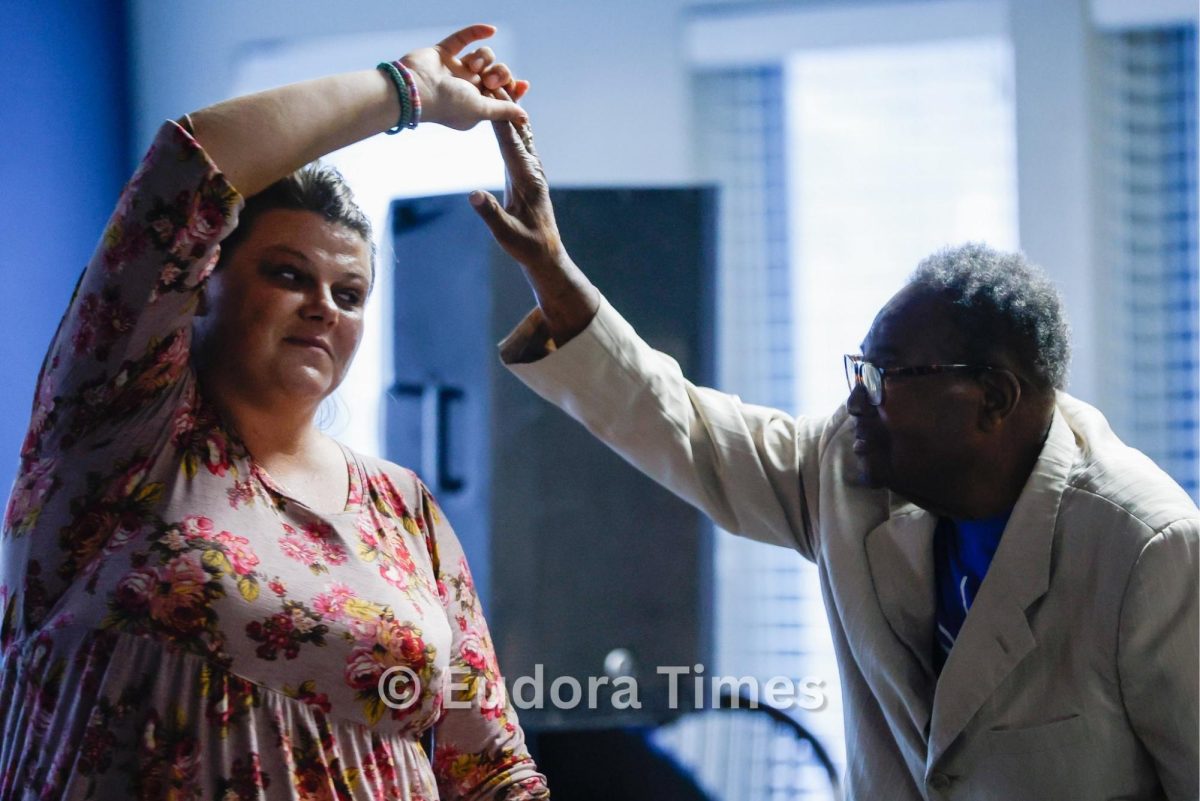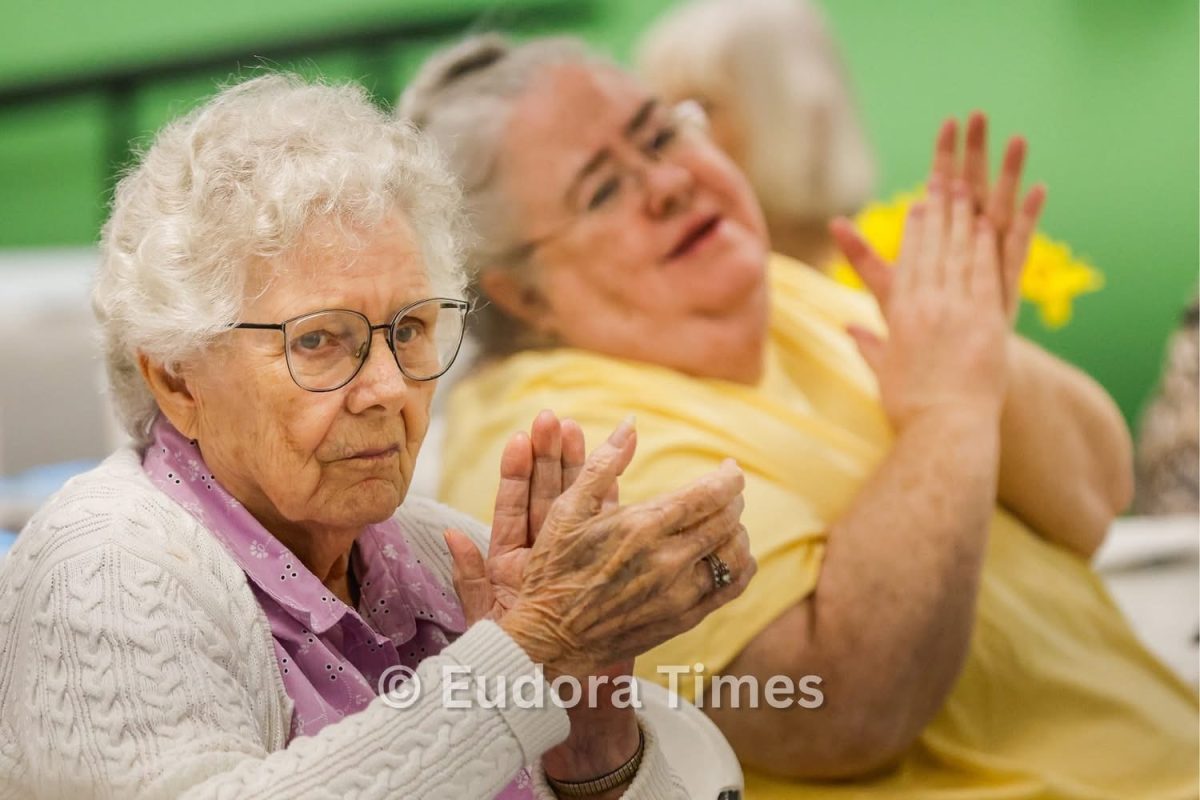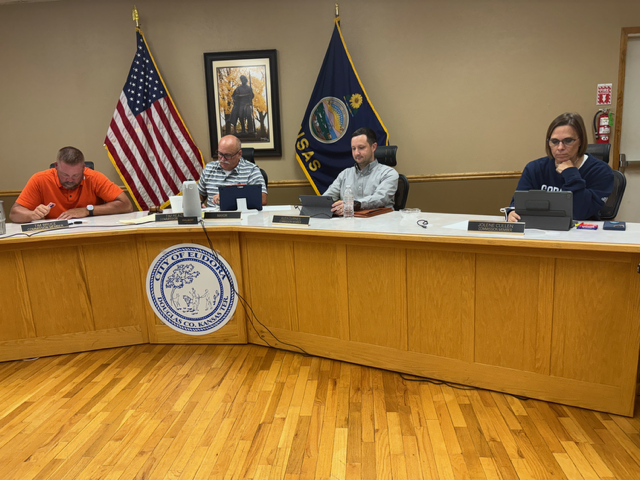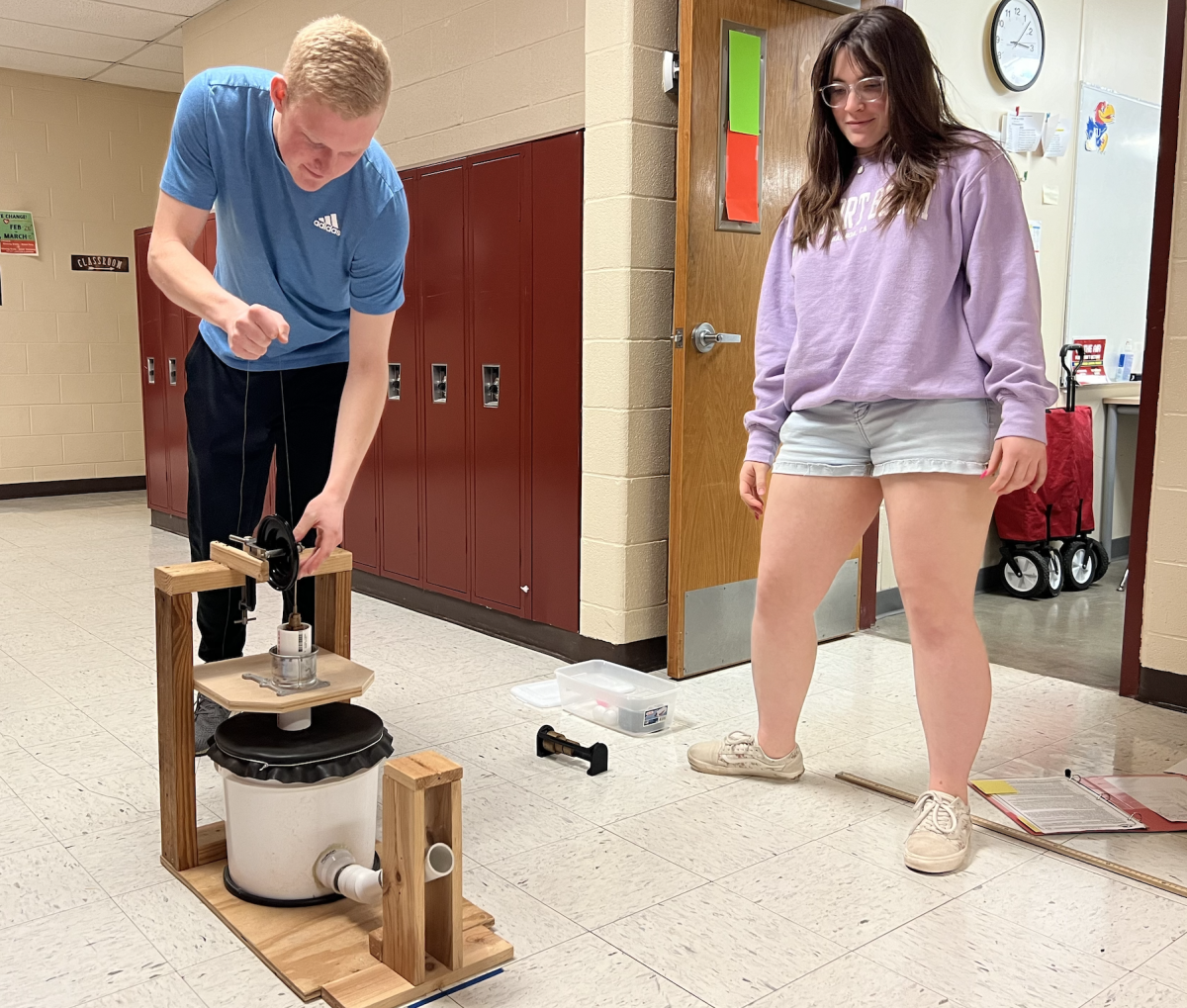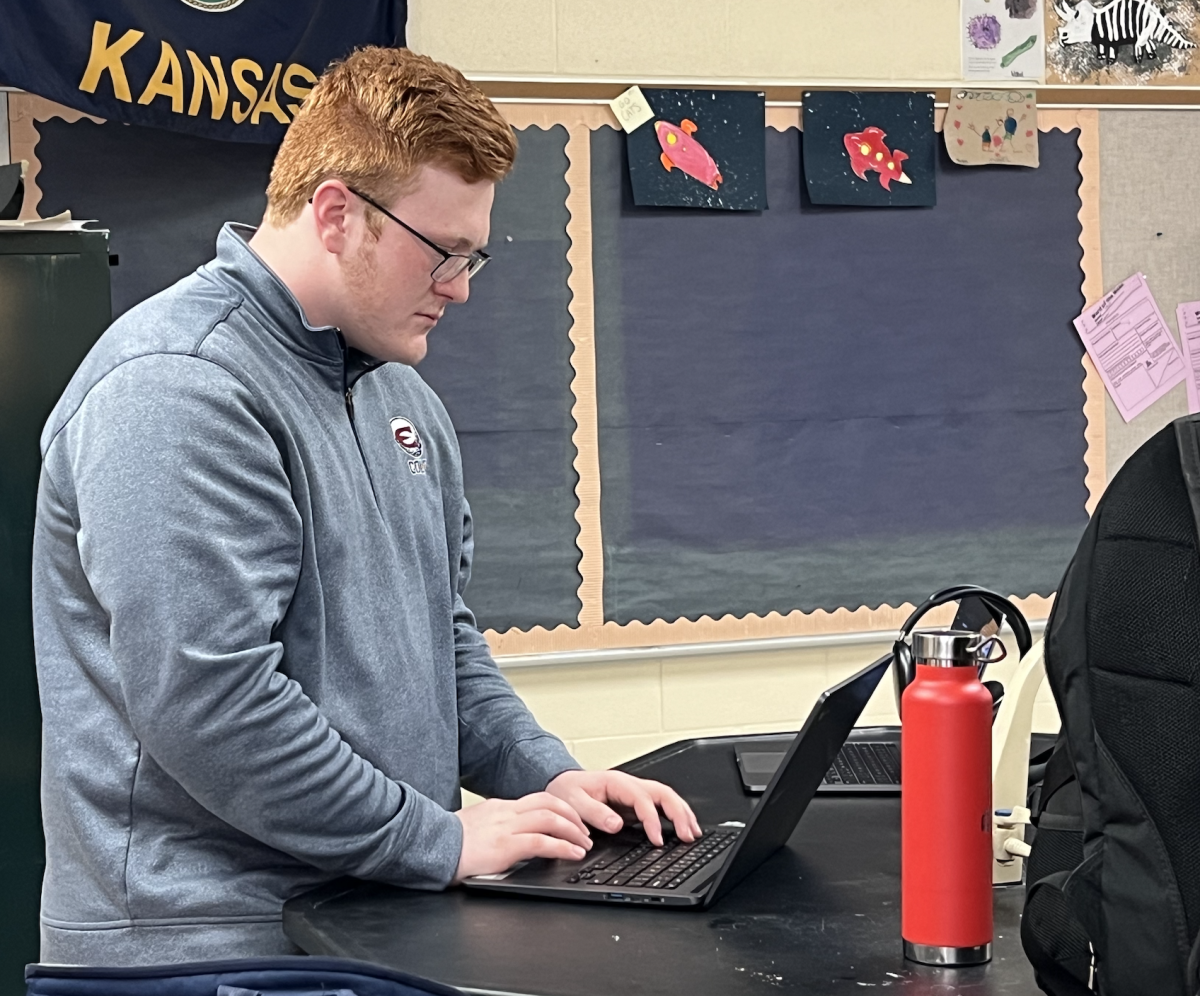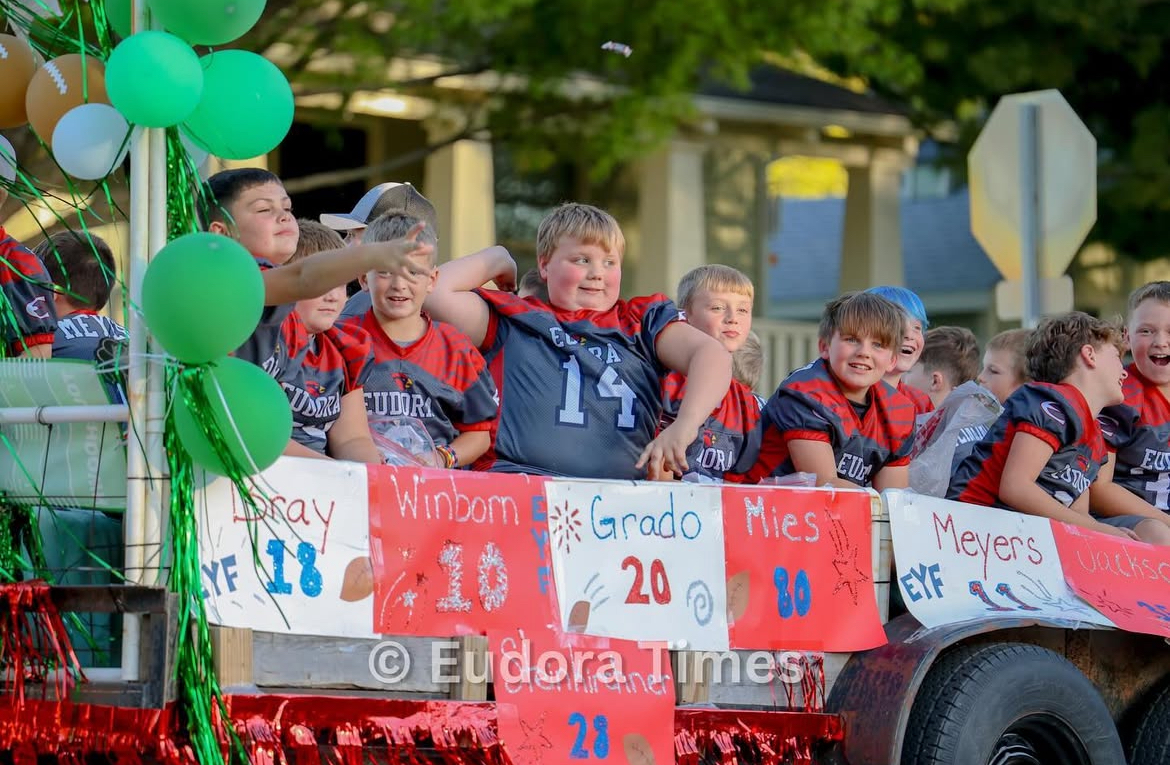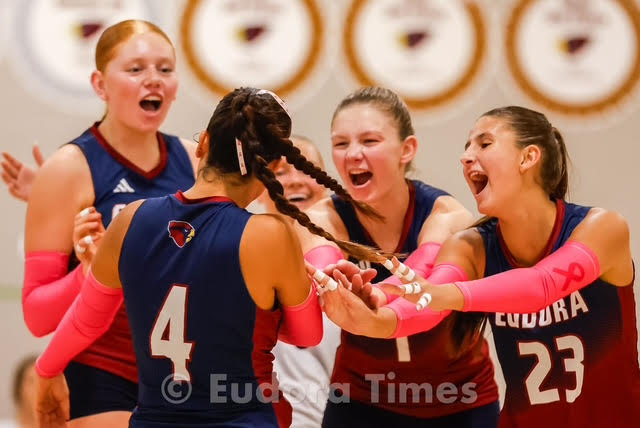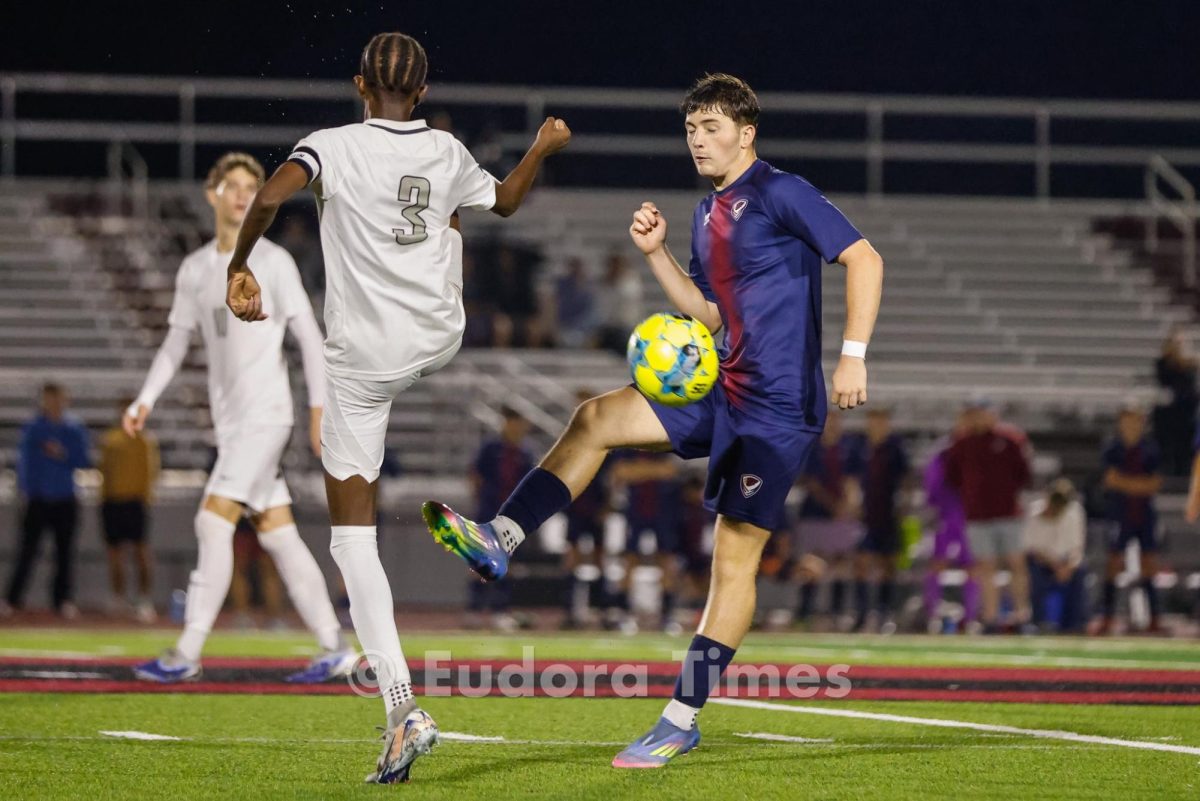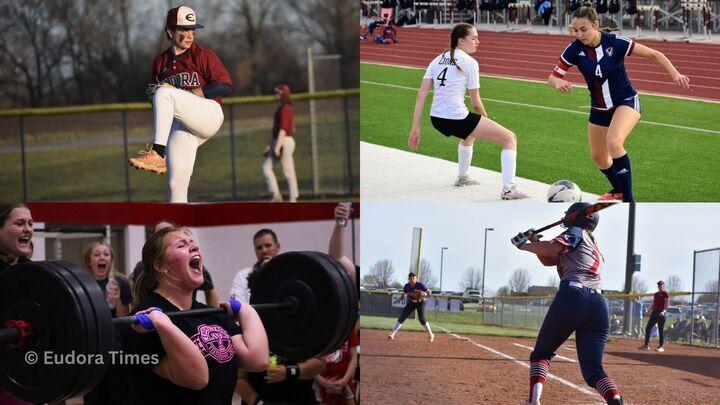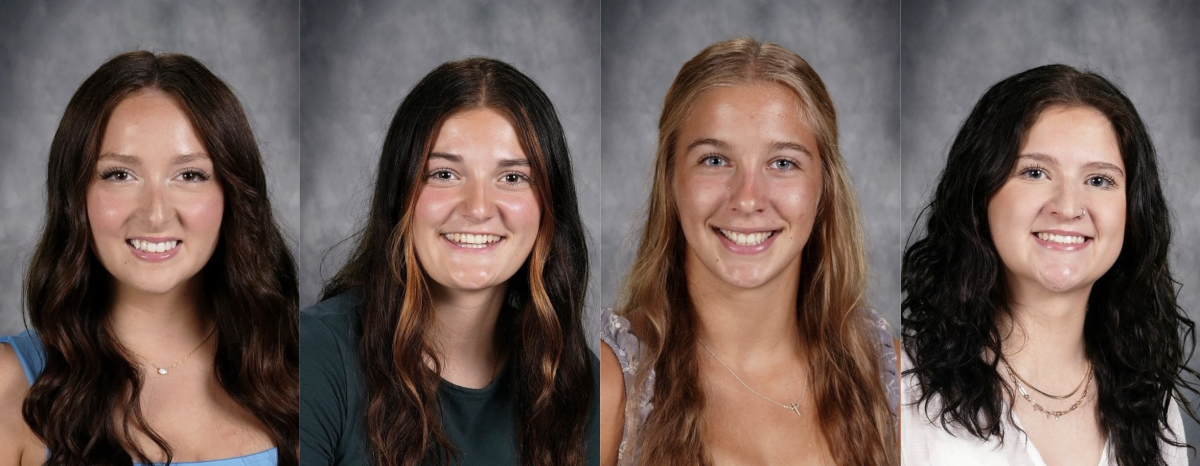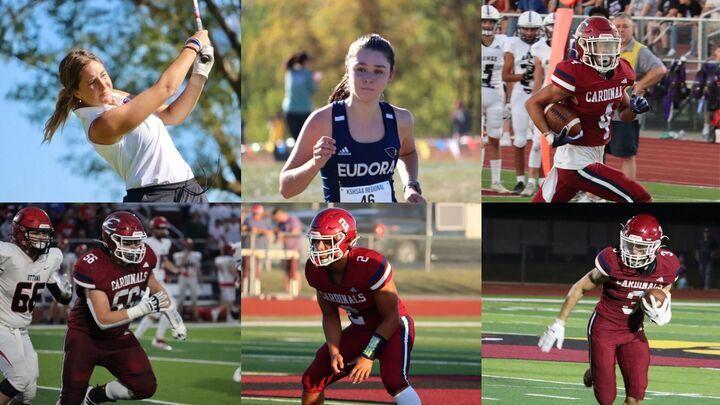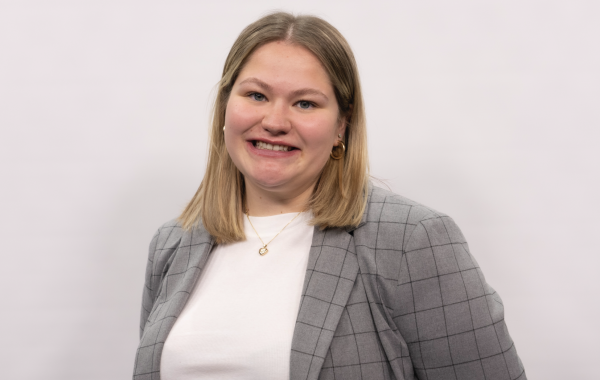Science Olympiad hopes to receive its ninth consecutive state qualification after regionals this weekend.
They also hope to receive their fourth consecutive state title in April.
The high school has participated in four meets this season. The team had to narrow down its 28 members to 15 who can compete in regionals.
Coach Barbie Hartwell said the goal is to be in the top half of regional placement, especially since there are several teams Eudora has never competed against. They have to place within the top half to make it to state.
The team has five seniors who have been on the team all four years, so they’re also hoping for their fourth state title.
Ryleigh Hartwell, the team’s co-president, has been part of Science Olympiad since sixth grade. She’s preparing for six events – the maximum number students can do – five of which are engineering and one is testing.
For her favorite event, she has to perfectly launch a ping pong ball to land in a specific spot that she won’t know until the event.
She’ll also design a tower, fly a plane, program a robot and maneuver a car with an egg on the front so that it doesn’t break.
At this point, she said she doesn’t get nervous before competitions because her building has already been done – it’s just testing to make sure everything is perfect before the actual event. Sometimes it does stress her out to think about how many people are in the crowd watching her building events, though.
The team has taught her to struggle through hard concepts and discuss struggles with other students.
“I’ve met a lot more engineering students this year than I have in past years just because I wanted to see what they were doing and they wanted to see what I was doing,” she said.
It’s helped prepare her for a career, too. She plans to go to KU to pursue computer science.
Senior Justin Shoemaker, also a co-president, hopes to ultimately bring home another state championship and close out his years on the team with another win. He and Hartwell have both made state every year for the last seven years, so regionals is just a stepping stone.
For regionals, he’ll have to make a wind turbine design and see how much energy it can create and then take a test on green energy and wind power.
He’s been looking over his notes since the beginning of the year to make sure he can know all the information possible for his testing events. Shoemaker’s seen several sets of questions and knows what to expect for regionals after competing in multiple meets.
The team has taught him how to work with a lot of different people, he said.
“In kind of a weird roundabout type of way, it kind of teaches you to be OK with not knowing everything, because a lot of the people that love to do events like this and love to learn and love to go get knowledge and try their best, but these are very hard college level tests,” Shoemaker said.
It’s helped prepare him for college and his overall mindset with school, he said.
He hasn’t decided which university he’ll attend, but he wants to study to be a high school business teacher and help students on their journey to find what they like.
Science Olympiad can be described as a STEM track meet. Students participate in all kinds of events from anatomy and code busting to building towers, cars and planes. Some events are hands-on building and some are college-style testing events.
Students have been practicing twice a week to make sure their designs are ready and their study guides are prepared.
Since many of the students on the team are strong in the classroom, they may not have studied much to master concepts, Barbie Hartwell said. Science Olympiad teaches them study skills and on a challenging college level, she said.
“It really teaches them to ask questions and then problem solved to figure out the answers,” she said.
It also helps them learn to accept that they may not get a good grade on the tests. Since they are college-level exams, receiving a classroom F may still be a winning score for the team.
They have to learn how to deal with the feeling of failure and persevere. They also have to successfully work in pairs or groups of three and split the learning among teammates.
High schoolers will compete against 22 other schools and the middle school against 46. The schools are all sizes at regionals, but state is split into large and small schools. Regionals will go all day Saturday at Johnson County Community College.
Reach reporter Sara Maloney at [email protected].
To donate to support our community journalism, please go to this link: tinyurl.com/y4u7stx
Justin Shoemakerstudies for his testing events ahead of regionals. He’s been on the team since sixth grade
